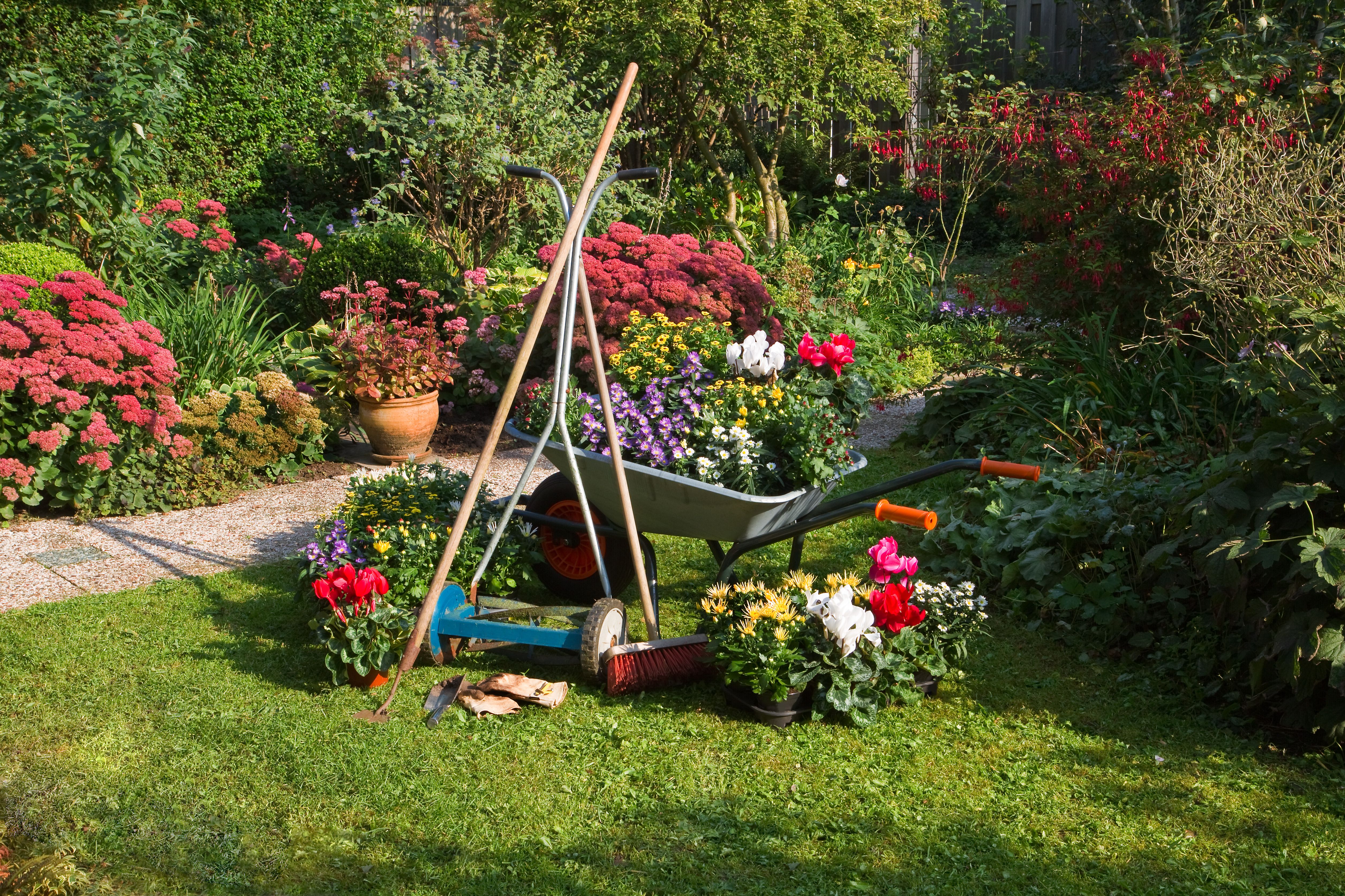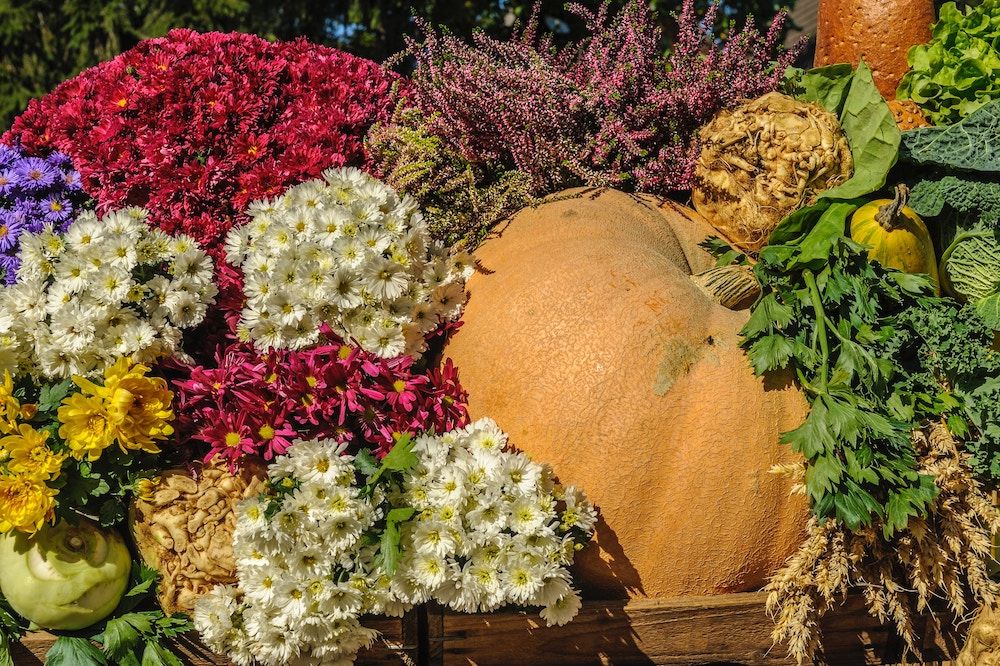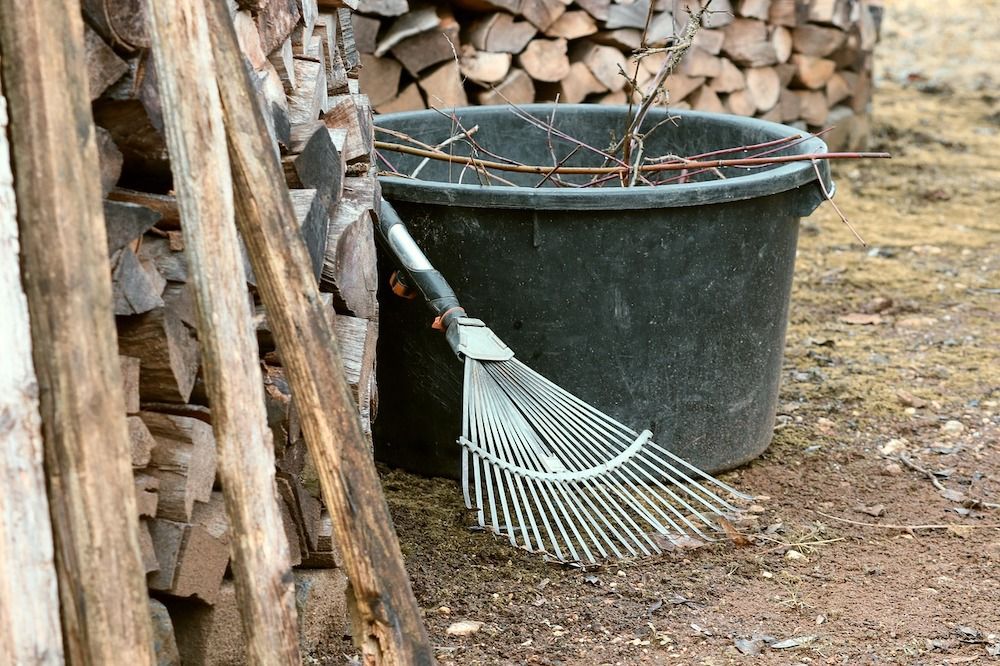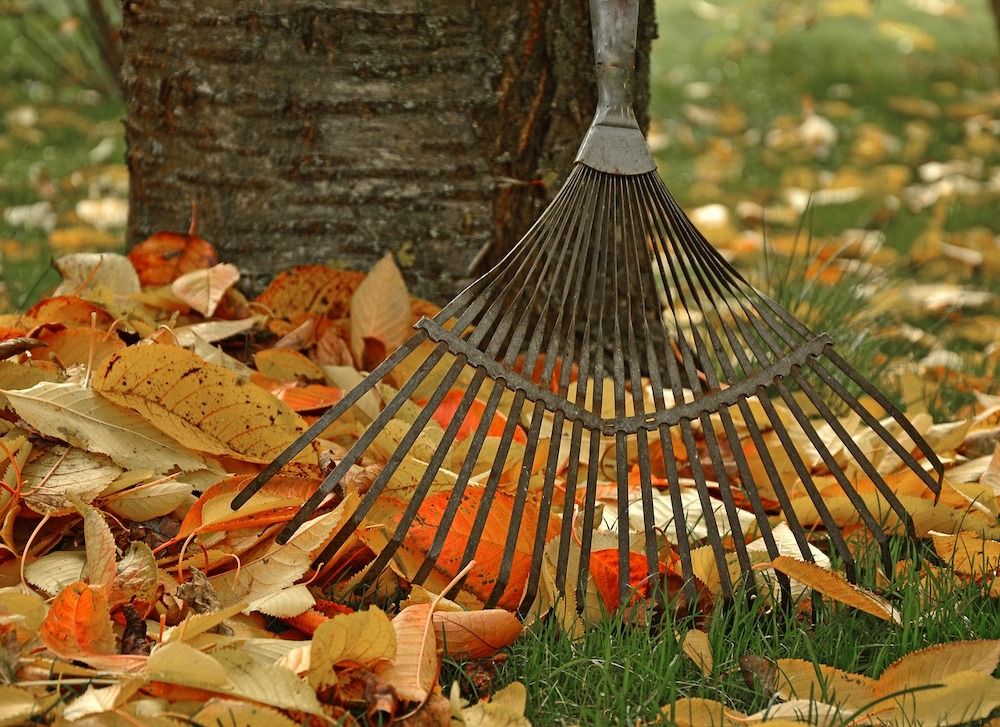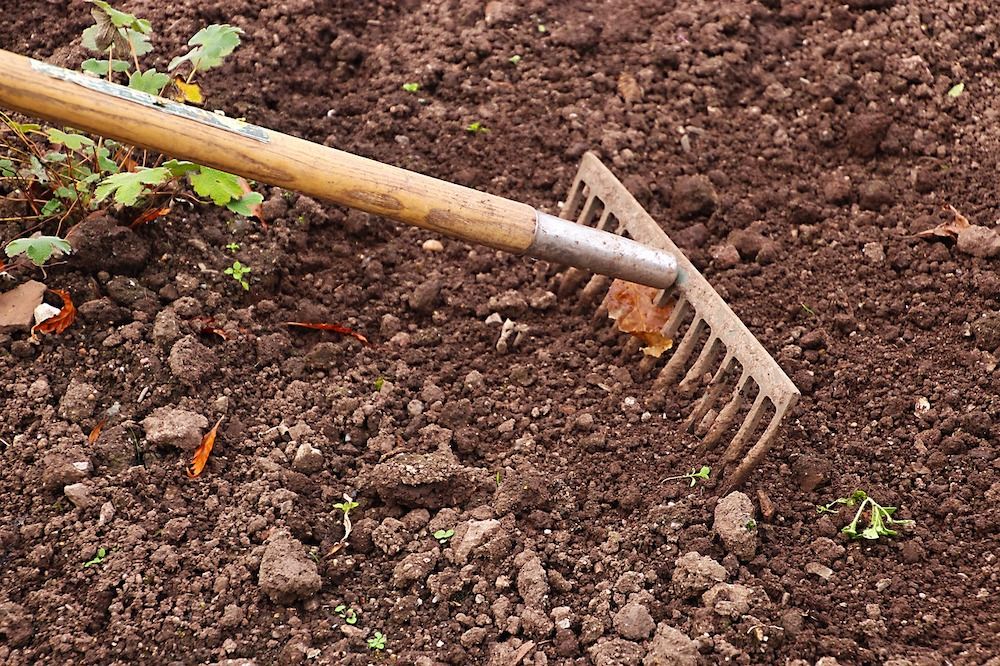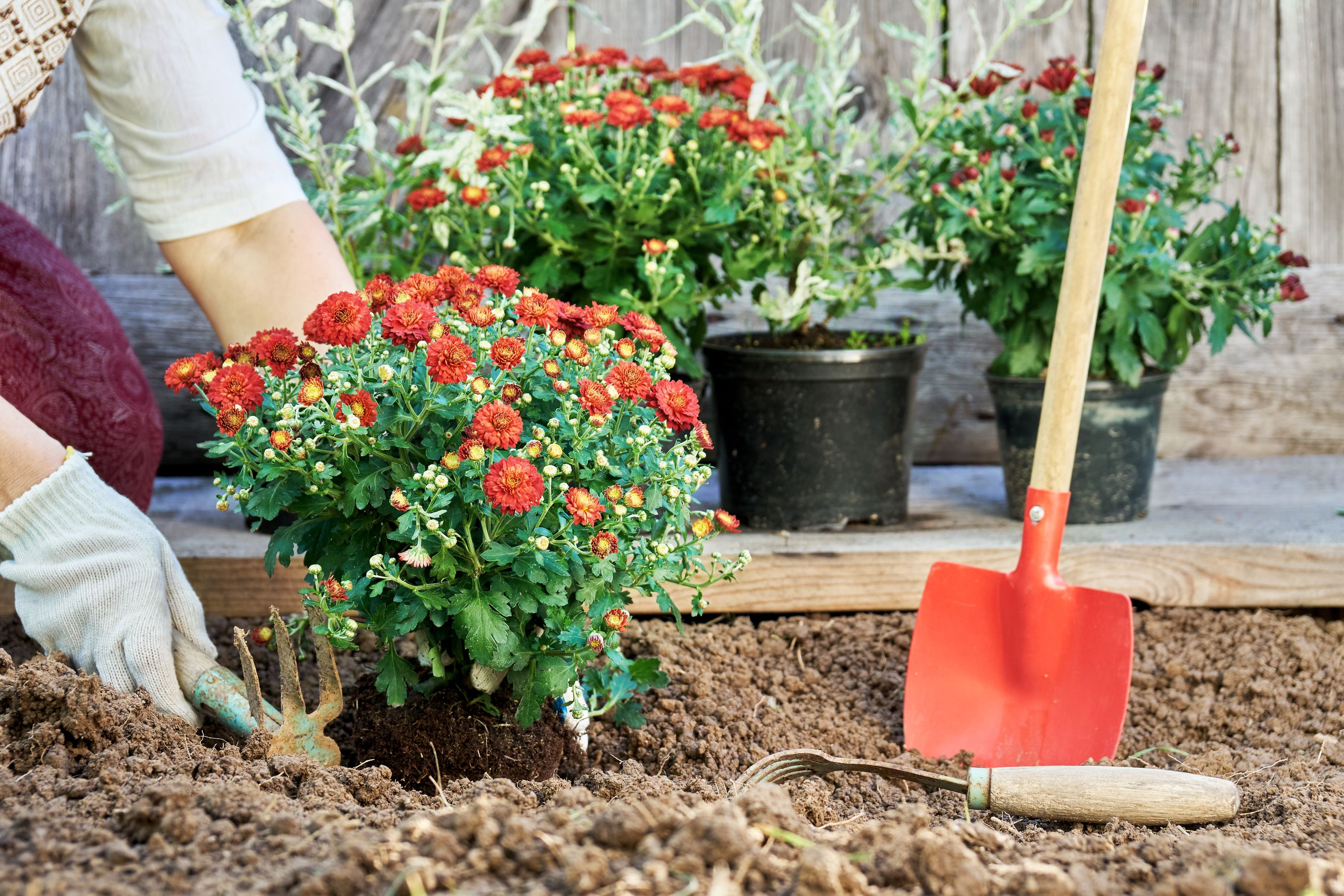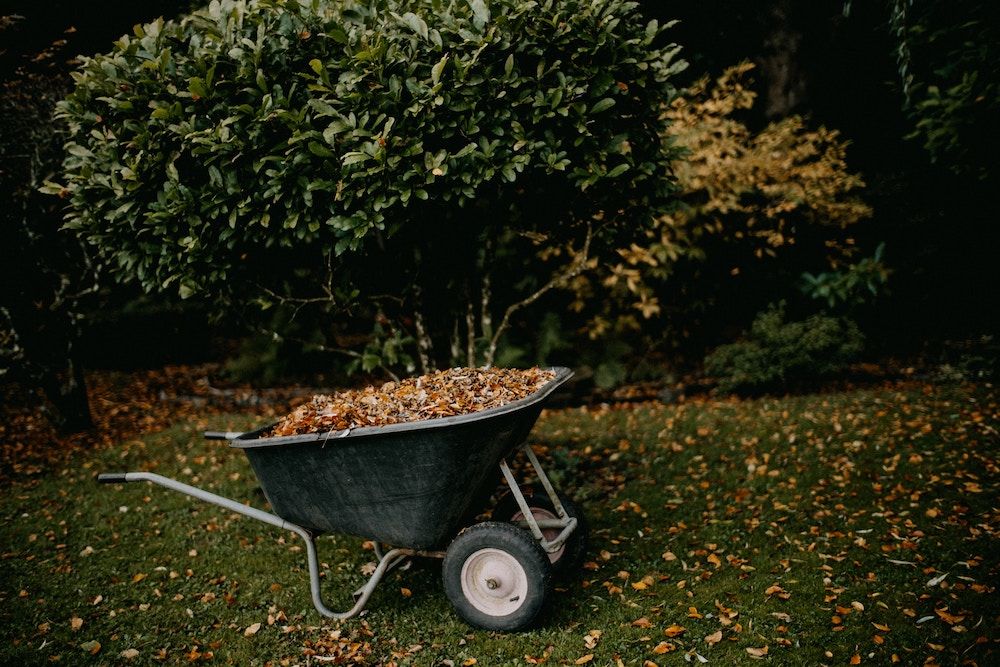Summer gardens offer plenty of gorgeous, colorful blooms, scrumptious veggies, and refreshing fruits, but there is something to be said about the beauty of a fall garden. While the air gets chilly and your flowers fade away, it is time to consider transitioning your summer garden for the fall. Plenty of plants thrive in fall, whether crisp fall greens, flavorful roots, or warm-toned florals.
Learn how to determine when to transition your summer garden for the fall and all the best tips for switching your summer oasis into the fall garden of your dreams.
When to Transition to a Fall Garden
Though a cool breeze may make its way into your garden in the evening, the warmth of summer continues to fill the daytime air. So, when is the best time to transition your garden from summer to fall? As a general rule, begin the transition after the first frost. Summer annuals dying off is another sign it is time to switch things up.
Pay attention to the weather forecast to avoid preparing your fall garden too early! Otherwise, your new plants may not be suited to the warm temperatures. It is usually best to begin this transition around the end of September, though this can change depending on your location. Just keep an eye out because fall has a way of sneaking up!
Regardless of when it is time to begin the transition, planning is crucial. For example, order perennials, shrubs, and trees you will plant in September around the end of August. Also, ensure you have all the right tools to clear your garden.
Tools You'll Need
Once the cool weather appears, and it is time to transition to a fall garden, you will need a few different tools.
- Gardening gloves
- Spade or hand trowel
- Garden fork
- Garden hoe
- Compost or collection bin
- Bleach
- Fresh soil
- Compost
- Mulch
- Fall plants
- Watering can or hose
Transitioning Your Summer Garden to a Fall Garden
Learn the step-by-step guide to transitioning your summer garden to a fall garden.
Step 1: Clear Out the Old Garden
Before you can begin planting your fall favorites, clearing out the old garden is the first step in a seamless transition. Remove all the spent crops, including bolting veggies and dead annuals. Also, harvest the mature fruits and veggies from plants nearing the end of their lifecycle. Do not forget to deadhead and cut back any spent perennials, ensuring they are prepared to overwinter. A pair of gardening gloves, a spade, and a garden fork will make removing roots and dead plants easier.
Place any old plants in your compost bin, but watch carefully for diseases and pests. If you notice any signs of sickness on your plants, such as black spots, dead foliage, or yellow leaves, throw them away and keep them out of your compost. Avoid placing weeds in your compost as they can easily spread, and instead, get rid of them by burning them, disposing of them in a bag, or even making a salad!
Also, remove and bring your old trellises indoors for the winter. Clean them and your tools using a 2:1 solution of water to bleach.
Collect the seeds from healthy plants, place them in resealable containers, and store them in a cool, dark location so you can replant them next year!
Step 2: Prepare the Garden Beds
With the garden cleared out, it's time to prepare your garden beds and pots. Start by testing the soil pH to determine which nutrients are lacking. You can then replenish the soil with compost or fertilizer to ensure your fall plants have enough nutrients to thrive all season. To prevent the spread of disease or pests, clean out pots using a 1:10 solution of bleach to water, soaking for a few hours or overnight. Then, soak overnight in water to prepare the pots for new plants.
Step 3: Choose Your Plants
Now that the garden is clear and prepared, replace your summer annuals with fall-loving plants. Plant beautiful flowers and veggies (or both!) depending on your preference! In general, you will find that cool-weather-loving, short-season crops are the top picks for autumn. Opt for cold-hardy flowers such as chrysanthemums and snapdragons, leafy greens like spinach and lettuce, and root crops including carrots and radishes.
Generally, begin planting native trees, shrubs, and perennials in September. Check the weather forecast before planting — while there are still six weeks of mild weather, the soil is still warm enough for transplanting, so your perennials will have time to establish roots and acclimate to their new spot in your yard. Remember that all plants have different preferences and requirements, so research the best time to plant what you have first!
Wait until after the first frost to reseed your lawn to ensure the seeds do not begin germinating until the warmth of spring returns. September is also the ideal time to divide your spring-blooming perennial plants.
Bring herbs inside to protect them from cool weather. You can either continue growing them indoors or harvest and store them.
Step 4: Maintenance
When caring for your fall garden, the rules are similar to summer upkeep. First, moisten the soil to help new transplants and seedlings develop strong and healthy root systems. Also, keep weeds under control with regular maintenance, such as hand weeding, applying herbicides, and adding garden edging, since they can steal nutrients your plants need to thrive and take over the garden.
A 3-inch layer of mulch will prevent weeds from growing while providing the plants with insulation to help them survive the frost. Plus, mulch helps the garden maintain its moisture levels, which protects the plants from drying out too quickly.
Fall Is in the Air!
Though the summer is on its way out, your lovely garden has a new lease on life, and there are plenty of fall plants, flowers, and veggies to enjoy. Properly transitioning your garden from summer to fall plays a crucial role in the beauty and life of your yard, and tidying up dead plants, fallen leaves, and spent blooms is a must. Once the garden is cleared and soil is refreshed, you have the wonderful opportunity to plant a lovely new selection! Be sure to maintain your yard just as you would in summer to keep your plants happy and healthy.
Do you know anyone who could use a little guidance when transitioning their summer garden for fall? Share this guide to lend a helping hand!

